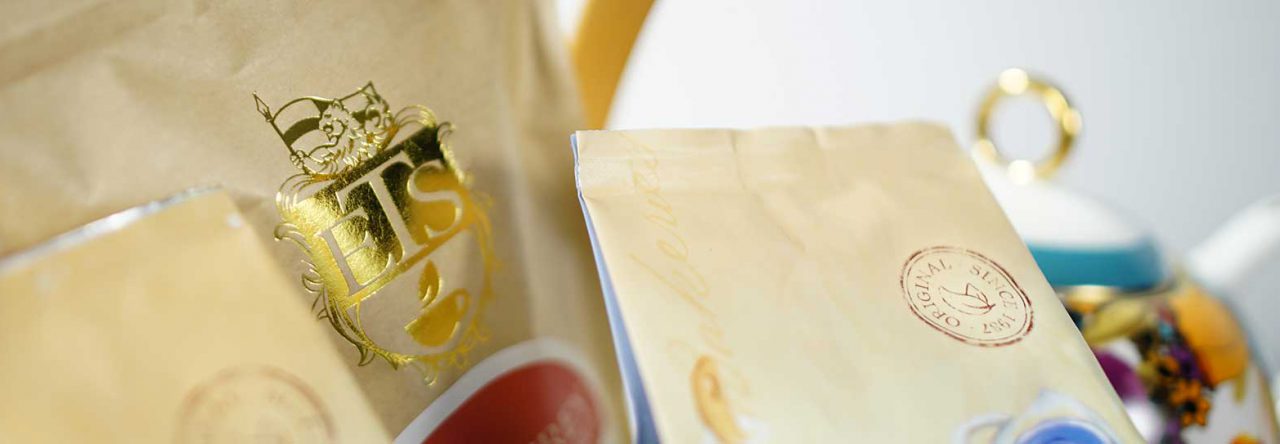Forget politics, religion, taxes, and other topics that are typically the subject of debates around the water cooler (such as why that line backer made that move in the second half of the first quarter of that football game). The debate over whether Orthodox style tea is better than CTC style tea is popping up more and more. Some tea drinkers just scratch their heads and wonder what these tea types are and the real differences between them.

Orthodox teas are usually harvested and processed by hand to get intact, whole leaves – small, young tea leaves plucked from the tips of the tea bush – but some may be harvested and processed by machine. The basic processing involves four steps. Withering where leaves are spread out on long metal troughs in a shaded area for about 14-20 hours, letting moisture evaporate so they become limp and pliable and can be rolled without damage. Rolling where the leaves go through a press that rolls over them while rotating them around to release chemicals stored in their cells, thus beginning the oxidation process (the highest grades are done by hand while large-scale production of lower grades use a machine). Oxidation (started during rolling) where the leaves are laid out 2-4 hours in a humidity/temperature-controlled room, allowing the air to react with chemicals released during rolling and turn the leaves to reddish-brown, then black (too long will cause the tea will be strong and lose its subtlety, while too short will not let the complex flavors fully develop). Firing of the leaves is done on a conveyor belt that moves through a charcoal fire heater, halting oxidation and drying them, at around 220-250° F for 20-40 minutes after which the leaves are sorted by leaf grade by a machine that shakes them over varying gauges of mesh that sifts by size. The largest pieces may be hand-sorted to assure consistent size and therefore steeping time. Young, whole leaf teas are generally higher priced than the broken leaf grade.
Orthodox teas are graded from Golden Tip (highest grade comprised of mainly the best quality tips from the stems of the tea bush Camellia Sinensis), then FTGFOP1 (Finest Tippy Golden Flowery Orange Pekoe First Grade – finest top-grade production with an abundance of tips), TGFOP1 (Tippy Golden Flowery Orange Pekoe First Grade), TGFOP (Tippy Golden Flowery Orange Pekoe), and so on down to the lowest grade of OP (Orange Pekoe). Even that lowest grade can be heads and tails above CTC tea.
CTC is basically machine processed and fully oxidized (black) tea; it tends to be less expensive and lesser quality than Orthodox tea and often are blends of tea leaves harvested from more than one plantation during the first “flush” (harvest). This makes their flavor fairly consistent from one batch to another, making it important to start with good quality tea leaves, since that level of quality will determine the quality of the finished tea. Generally, a CTC tea steeps stronger with more chance of being bitter, while Orthodox teas are higher quality, less likely to be bitter, and contain more subtle and multi-layered flavors. These teas tend to look like tiny nuggets, similar to Grape Nuts (which contains no grapes and no nuts, just double-toasted bread crumbs). By the way, most black tea bags are CTC blends ground to fannings or dust.
Knowing which tea you are buying will help you know what results you will get in the cup! If you are planning to make some masala chai (spiced tea), definitely start with a CTC tea. However, if you drink your black tea straight or with just some sweetener or lemon, then start with an Orthodox tea. Assam tea is a common type of tea seen labeled “CTC”. It steeps up an deep ruby-colored liquid with a rich malty flavor tending toward the bitter side. It takes milk well and can usually use a bit of sugar or other sweetener, too, serving as a great tea to use in masala chai (spiced tea).
Now you know, so you can decide which type you like and get just the taste you want. As for which is better, I tend to think that the Orthodox is overall better, with a richer and more varied flavor profile. Enjoy!
See more of A.C. Cargill’s articles here.
© Online Stores, Inc., and The English Tea Store Blog, 2009-2014. Unauthorized use and/or duplication of this material without express and written permission from this article’s author and/or the blog’s owner is strictly prohibited. Excerpts and links may be used, provided that full and clear credit is given to Online Stores, Inc., and The English Tea Store Blog with appropriate and specific direction to the original content.



Leave a comment